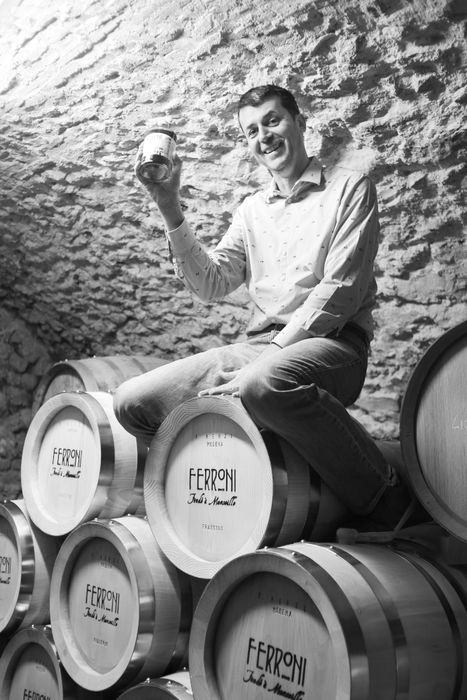
A big wave of cask strengths from Marseille has just hit the rum planet. There are all colors and for all tastes, because Guillaume Ferroni has once again deployed all his inventiveness to work each cask in his own way. We had the chance to chat with him to better know and understand his work. We reviewed all the latest releases, and learned a lot in the process!
Ferroni Brut De Fût Australia 2013 60.4°
“This Australian is very worked, it is hard to find the original rum. There is a big impact of the barrel, because it is a first-fill muscat barrel. To avoid the barrels being wicked (they are often wicked with sulfur during transport, to prevent the vinegar from settling), we go and get them directly the day they are emptied, and we transport rum in them. They are ultra-soaked, there is still muscat flowing from the staves. They have only been used for muscat so there are still plenty of tannins.
When I received the rum, it was in an ex-bourbon barrel. We put it directly in a muscat barrel. It is a rum that has evolved very favorably and very regularly. At first it really smelled of muscat wine, it was even a little too covering, and little by little it oxidized. The last year, it almost became black. It is a rum that was rather young, and it really took on an ultra dark color. We really have notes of rancio that have developed, like on an old pineau. The oxidation in the barrel worked very well.
We work closely with the Beaumes de Venise cooperative, so we collect the most aged muscat barrels, their “Golden Woods” series.
Ferroni Brut Barrel Terres De Pur Jus 2019 63.2°
“The barreling took place in 2019, but there are rums that were distilled several years ago. Guyana, for example, was easily 4 or 5 years old. Cape Verde was distilled two years ago, like Madeira, which was used for Dame Jeanne No. 4. But these are only white rums, which have not seen wood.
For the São Tomé rum, it's really symbolic (laughs). I often go to Cape Verde, where there are some German backpackers who find that it's not as wild as it used to be. So they go to São Tomé, because it's the Cape Verde of the 1970s, there's nothing yet. One of them told me that there was a little rum. It's a bit the same story as in Cape Verde, with the expulsion of the Jews from Portugal to go and populate São Tomé and Cape Verde. The Jews then brought back their stills etc. There's still a little distillation, but it's almost a jungle distillation.
So one day a wine merchant friend, whose wife is from São Tomé, went there and brought me a bottle. It looks like a grogue, it is an ultra-confidential production.
We have Le Simon for Martinique, Longueteau and Bielle for Guadeloupe, Saint Maurice for Guyana. For Cape Verde, we have three distilleries from a single terroir, it is Tarrafal grogue. For Mauritius it is the Chamarel distillery, and for Madeira, Engenhos Do Norte. The rest are small quantities, samples. We have Mhoba, and then a distillery in Vietnam, run by two Frenchmen I met in Cognac. There is also a little Issan, a little São Tome, and the Privilège de La Favorite. It is a bi-vintage 1977/1985.
There were about 180 liters, in an old bourbon barrel that we recovered just after Les Frères de la Côte bottled it.”
Ferroni Cask Strength Belize 2007 59.8°
“We have two types of micro-barrels: 10 liters and 56 liters. The 56 liters were used for this Belize. It's not the first time we've done this. These barrels are great because they are well patinated, so they give a lot of flavor but not too much wood. They are not too tannic. They are already ex-cognac, and then we have already made several rums in them, including a Belize by the way. We put them in a cellar in Marseille where there are only 56-liter barrels.
It's a rather humid cellar; so from the start, we wanted to put the sweetest eaux-de-vie in it. It's also an urban cellar, so we chose these barrels for transport reasons. There are steps etc., so we only put small barrels in it that can be carried by hand.
These barrels have therefore had at least 4 or 5 rotations before.
These are very good barrels and everything we do in them is great.
Beyond the fact that micro-barrels aromatize a lot, it is above all their quality that is interesting. On 350-liter cognac barrels, it takes a relatively long time to obtain aromas. It generally takes 4 to 5 years to start having well-balanced things. On micro-barrels, we have everything quickly: it woods well but without excess, it ages super well. The only drawbacks are that we lose a lot in angels' share, and that it takes up a lot more space than a 350-liter barrel, for the equivalent in volume. So these are top barrels in terms of quality, except that in terms of cost, the difference is small between the price of the volume of a small and a large barrel.
This Belize had been in barrel with us since 2017. It had spent 3 years on site in Belize, then 7 years in England.”
Ferroni Brut De Fût Guyana Port Mourant 2008 63°
“It spent its entire life in an old bourbon barrel, and we continued to age it in the same barrel. We put it in a Rye barrel at the end, in an extreme cellar, because we found that it wasn’t moving enough. So we “violated” it a bit like that. The principle of the extreme cellar is inspired by American bourbon cellars. These are sheet metal cellars, the aim of which is to have no thermal insulation. On the contrary, we seek to have temperature variations.
In the United States, it is a continental climate where there are large temperature differences between summer and winter. In France, in Provence and the Rhone Valley, the differences are also enormous. In summer, we go up to 56-57°C in the cellar, and in winter we go down to -4°C. Every day, I have almost 20°C of thermal amplitude. This has two influences: the brandy expands and contracts every day, so it will go into the wood and travel there on a daily basis.
There is an aromatization that comes from the barrel which is ultra-accelerated.
The second thing is that it is a method that is suitable for aging in American wood. American oak, especially when it is new (we mainly work with new barrels that we have made. We do not work with used barrels), woods a lot and gives that famous vanilla taste that we find in bourbons. But it only works if we do this aging with thermal shocks. When we did it in the cellar, we had a taste of sawdust, of board. This wood brings a lot of tannins, but for them to soften, thermal shocks are needed. We manage to catch up on what we had put in it in the cellar. We took the same barrels, with the same juice, we put them in the cellar under sheet metal, and in the space of a year, it had "candied" in a way.
This is something we have tried with American oak barrels, but not with new French oak. We don't use it at the moment, but we should try to see what it gives as well.
The barrels, I have them made in Cognac but in American white oak. They are French American barrels 🙂
It is much better quality than classic American barrels.
The Rye comes from Warenghem (distillery of the Breton whisky Armorik, editor's note). I had met David (Roussier, editor's note) at the Centre des Spiritueux in Segonzac, where we were training together. He had just joined the distillery and was working with his father-in-law. He didn't know much about alcohol yet. I didn't know much about manufacturing, but since I had a lot of experience in bars and I did a lot of competitions, I had a good theoretical knowledge. We got on well, we talked, he sent me things from his place to taste, etc. He had two old products that I thought were superb but that he had completely abandoned, so I pushed him a bit to relaunch them.
I wanted a rye whisky, since rye is a cult whisky in the bar world. It is the historic whisky of the cocktail, since all whisky-based cocktails were originally made with rye. This product had completely disappeared, but I asked him if he could distill some again. He told me that he had some, but that he didn't know what to do with it. His father-in-law had done that a few years ago, and wanted to put it in the distillery's blend. So he sent me a 220-litre "sample", and I aged it in American oak barrels, under sheet metal. It worked very well, so we registered the Roof Rye brand together and then from one barrel we went to 20, 30 barrels, etc.
We are going to release a second product, which will be released soon (we are waiting for the labels!).
We have a huge angel share on rye, around 13%.
It’s one of the highest in the world, I think. Usually, it ages in Brittany for about 5 years, and then we let it age for two years under sheet metal. Here, we have a barrel that we left for 5 years. It’s half empty, and in total it will have aged 10 years, which makes it by far the oldest French rye.”
Ferroni Brut De Fût Maurice 2013 62.4°
“These are rums that we all bought the same year. With Mauritius, we work by container, we do our shopping (we use it a lot for white rums). As there are many styles, it is very practical for us, because we can fill a container without having to buy 20,000 liters of a single rum. We can have variety with a single container.
I work with 5 distilleries: LaBourdonnais, Chamarel, Gray's, Oxenham and Saint Aubin.
In this batch, there are 4 rums aged separately, or even more since for LaBourdonnais these are two different rums that we have assembled. LaBourdonnais, in 2013, was a distillery that was starting out. It distilled in spurts, and it never had the same taste. We had bought 3 of their rums: one that had a nutty taste, another with interesting burnt notes, and a third a little more standard.
At Chamarel, we had taken pot-still and column, and at Gray's, a very high distilled rum, a light rum (which we use for the Ambre blend, with heavier rums). We had therefore isolated these distillates, which had started to age separately, and carried out our first tests of new American oak barrels. We then patinated our French oak barrels with these rums, then we assembled them and aged everything in ex-rye and ex-Jamaican rum barrels (Worthy Park 2010) under sheet metal. It is a rum that is partly experimental, with corrections!
The pure cane juice profile still stands out, because even if the years of aging under sheet metal leave a big mark, the blend is overwhelmingly pure juice (more than 75%).
With the cellar under sheet metal, we are mainly looking for extraction, but I don't know exactly the impact in terms of oxygenation. In any case, it would be too expensive if we were really looking for long aging, the losses would be too enormous. We are mainly looking for the aromatic part, and sometimes when we really have something that is good, and we want to age it further, we put it back in the cellar in more neutral barrels.
In general, we don't do more than two years in the cellars under sheet metal, except for the "les guêpes" series rye that will be released, or the Cuba that had been 3 years. We do these two years at the beginning of the process or at the end of the process. Either we do two years at the beginning to give flavor, and then we age it quietly, or we do it at the end, as is the case for the Maurice that have aged slowly and that we boosted at the end."
Ferroni Brut De Fût Maurice Cerisier 49.8°
“It’s something that we weren’t supposed to release at first, but that we ended up releasing to show our curiosity. These are old vintages that we had in stock, in white, that we put in cherry barrels. It’s extremely disturbing, especially at first, because when you taste it, it’s really strange.
It started with an experiment I am currently conducting, which is a project for "balsamic rum" barrels. The goal is to make a journey of 7 types of wood with a type of rum. So I was looking for types that are used for balsamic vinegar, particularly cherry and ash. I started aging in barrels that I had bought in Modena, from an Italian cooper. These are barrels that are normally worth a fortune, but he also made "economy" barrels in cherry.
At the end of the aging process, we have a rum that really looks aged, with notes of old rum, but also notes that are so rarely present in spirits that it is very disturbing.
Now that it's ready, when you drink it, at first you don't like it because you're searching, you're thinking, because it's very different. But in fact it's good, you have to come back to it several times, and finally the second day you tell yourself that it's good, that it goes well, that there's a good length etc. It's different from all the woody, aged spirits. At first it seems like they put a perfume or something like that in it.
It stayed 3 and a half years in the barrel. Typically, this barrel brings mainly notes of cherry resin, the one that sometimes comes out of the tree and that you can chew like gum. There is a mastic side, a bit of bitter almond, and vague notes of cherry stone.”
Ferroni Brut De Fût Gwada 2012 52.3°
“It’s a Reimonenq, which is not a “Guadeloupe” since it doesn’t meet the specifications of the IGP Guadeloupe. It’s a rum that I bought quite old already, it has the Reimonenq touch. Father Reimonenq certainly brought his touch which makes all the unique character of these rums.
It had the same journey as Belize, so micro-barrel in humid cellar, for the same duration. We received it at 58%, and it was put into casks at the same degree (and bottled at cask strength at 52.3%, the humid cellar did its job, editor's note).”
Is there by any chance some of the famous Gwada 1998 left?
“No, I had some left in the bottle, in a reduced version, but I assembled them this week in a barrel. I put them in a barrel that I will release soon, a 10-liter micro-barrel, assembled with Longueteau, so we stay in Guadeloupe! It is a 50-50 assembly with a 60% Longueteau that I had received in white and that I had had in barrel for several years (2016).
These rums can be found in the “Pyjama Party” micro-cuvées (cuvée of the Christmas Rum Society at Monte Cristo), and also in the “pirate barrels” which will be released during 2021. These are barrels that have been hidden in the peaks around Marseille.
In cask, I also have some Reimonenq 2016 that I received in white and that I put in cognac barrels. It will come out in cask strength in a few years.”
I also saw that you had loaded some barrels on the cargo ship De Gallant (with the sailors of the Blue Schooner Company)
“Yes, we put four this time, to do a full rotation. There is a barrel of grogue (the heavy grogue part of the Vulcao blend), a 3-year-old Chamarel, a 2016 Longueteau, and a 2016 Belle Cabresse. There are also two barrels of Manikou. They are making a round trip to the Antilles, with stops, and they will return in about 4 months. We will taste when they return, and we will see if we continue the aging after that.”
How many barrels do you currently have in total in your cellars?
“We have 582 barrels in stock all inclusive, counting the 10-litre barrels (about thirty) and the 56-litre barrels (about forty). The total volume in aging is 75,000 litres. To this must be added a subcontracted cellar at Gray's, in Mauritius, with about fifty barrels, and a cellar in Cape Verde with about fifteen barrels.”
Can you tell us about the brand new “Atelier du Rhum”?
“It’s a bit of a hybrid concept that we’re doing in the centre of Marseille. There’s a cellar section, where we age spirits and where we’ll make all my liqueurs that bear the word “Marseille” (Eau verte de Marseille, Ratafia de Marseille, etc.). There’s a rum cellar, a real declared cellar, under customs control. It’s also a tasting area and a workshop area, to learn how to make cocktails, rum masterclasses, etc., and then there’s a boutique section. It’s an anchor point in the city centre of Marseille, which will gradually open during the month of December 2020.”

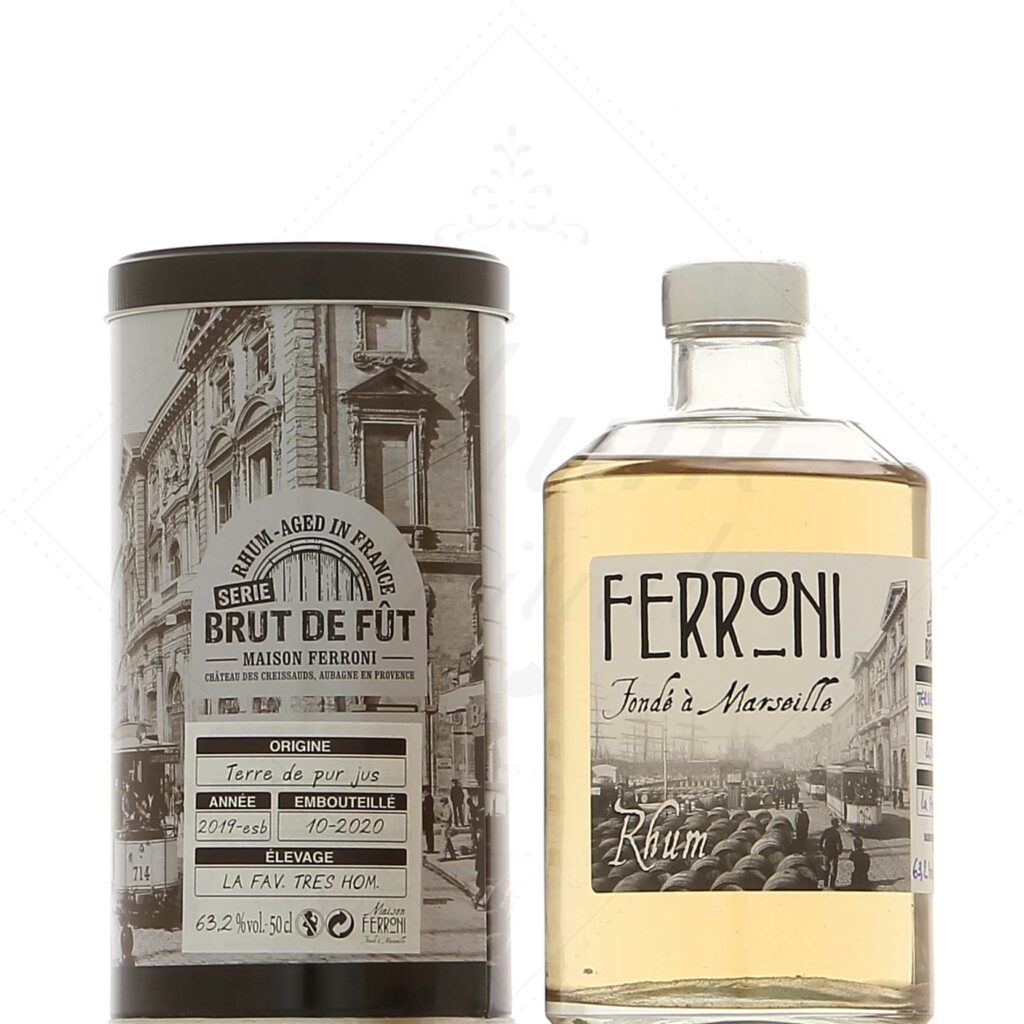
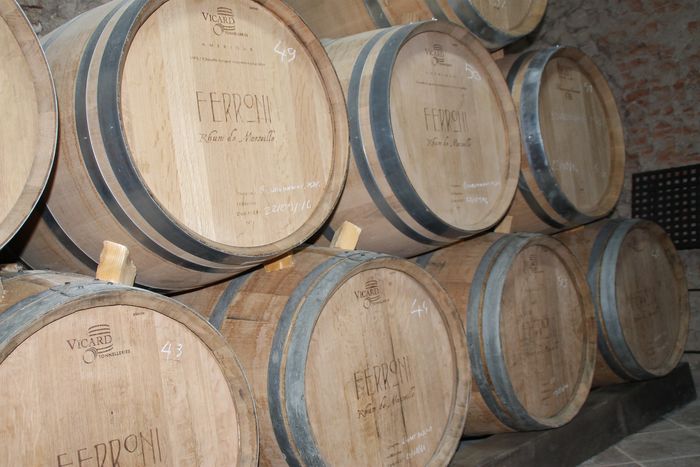
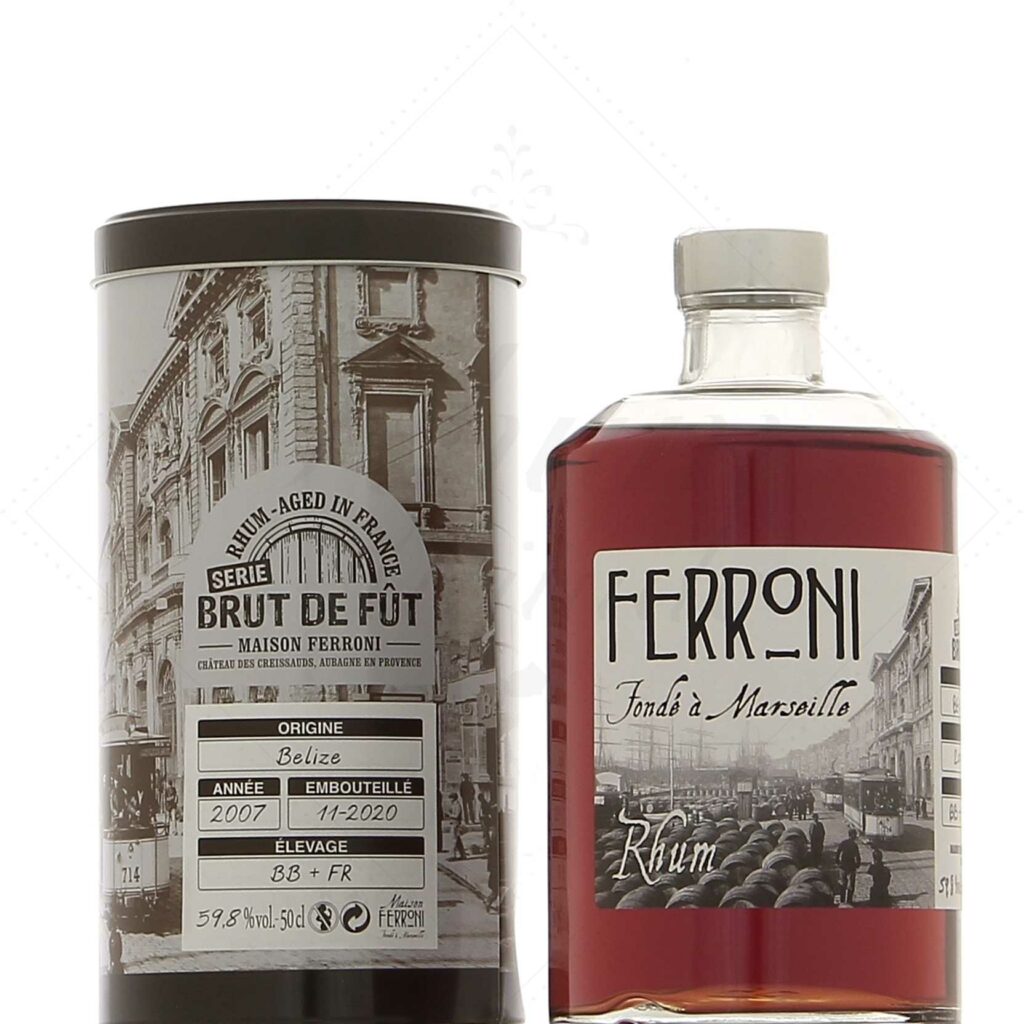
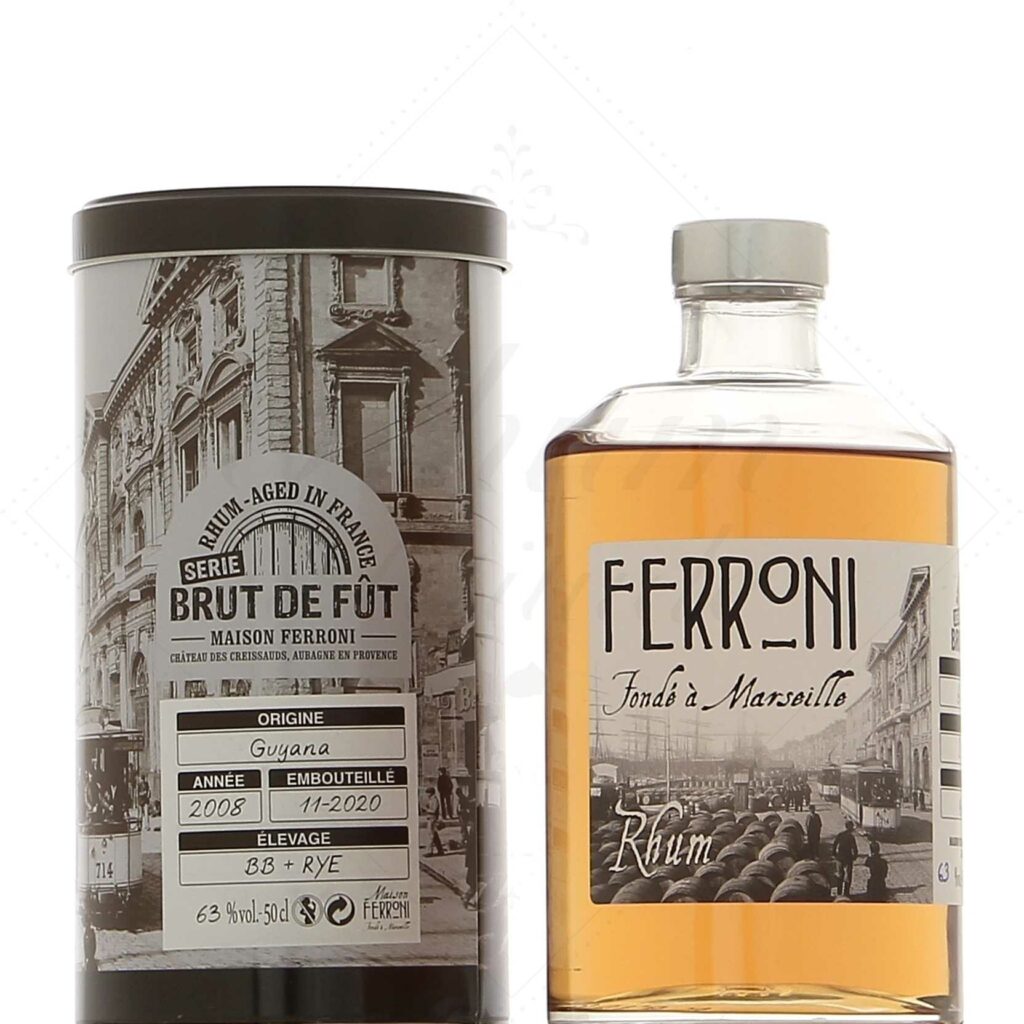
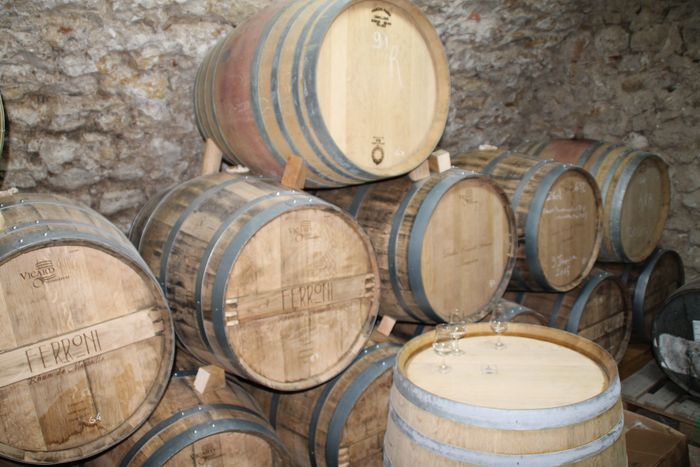
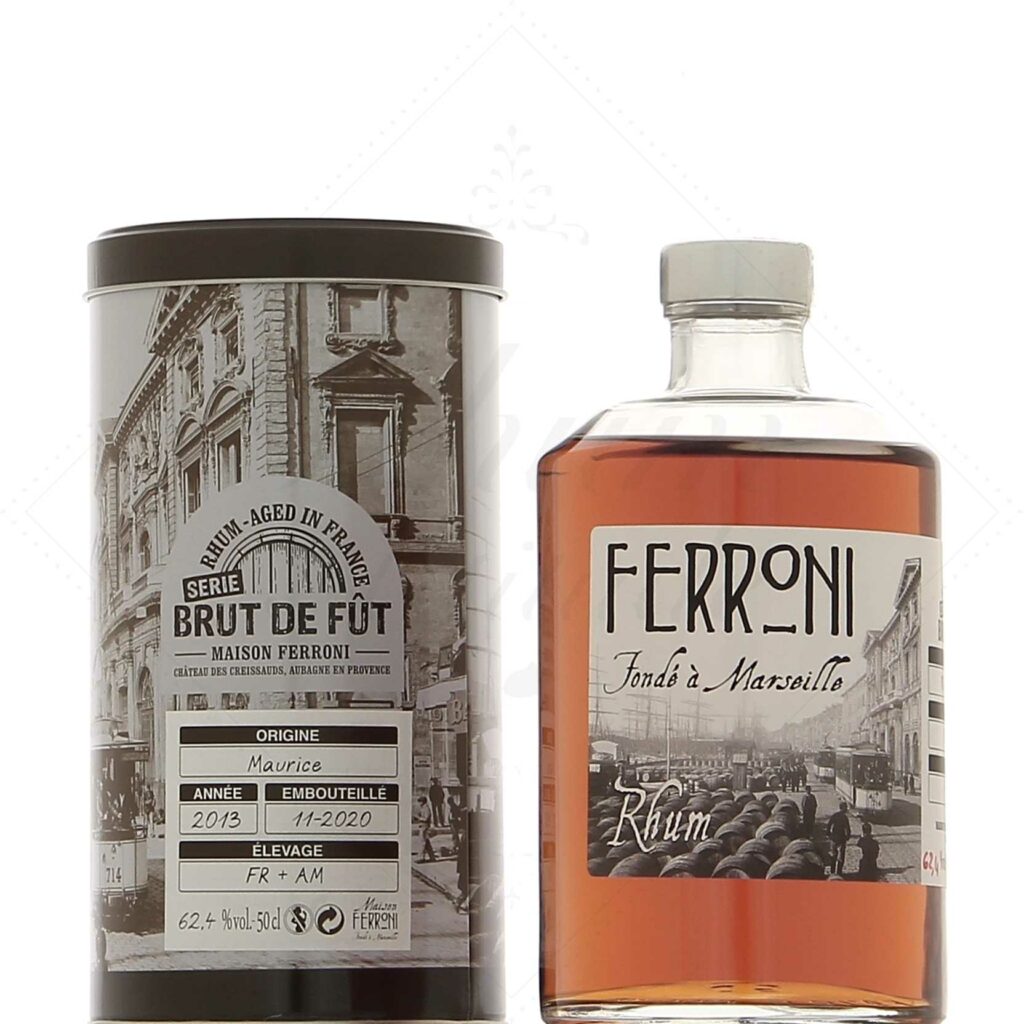
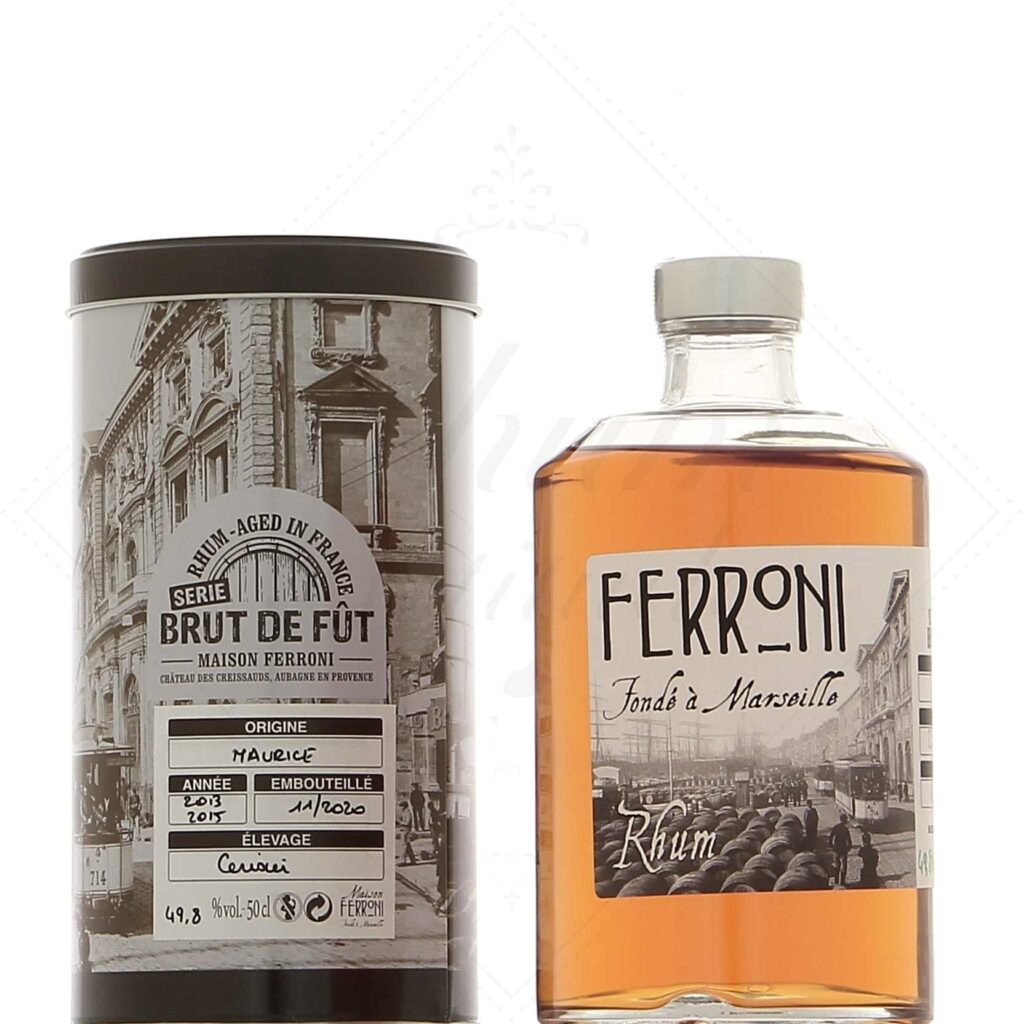
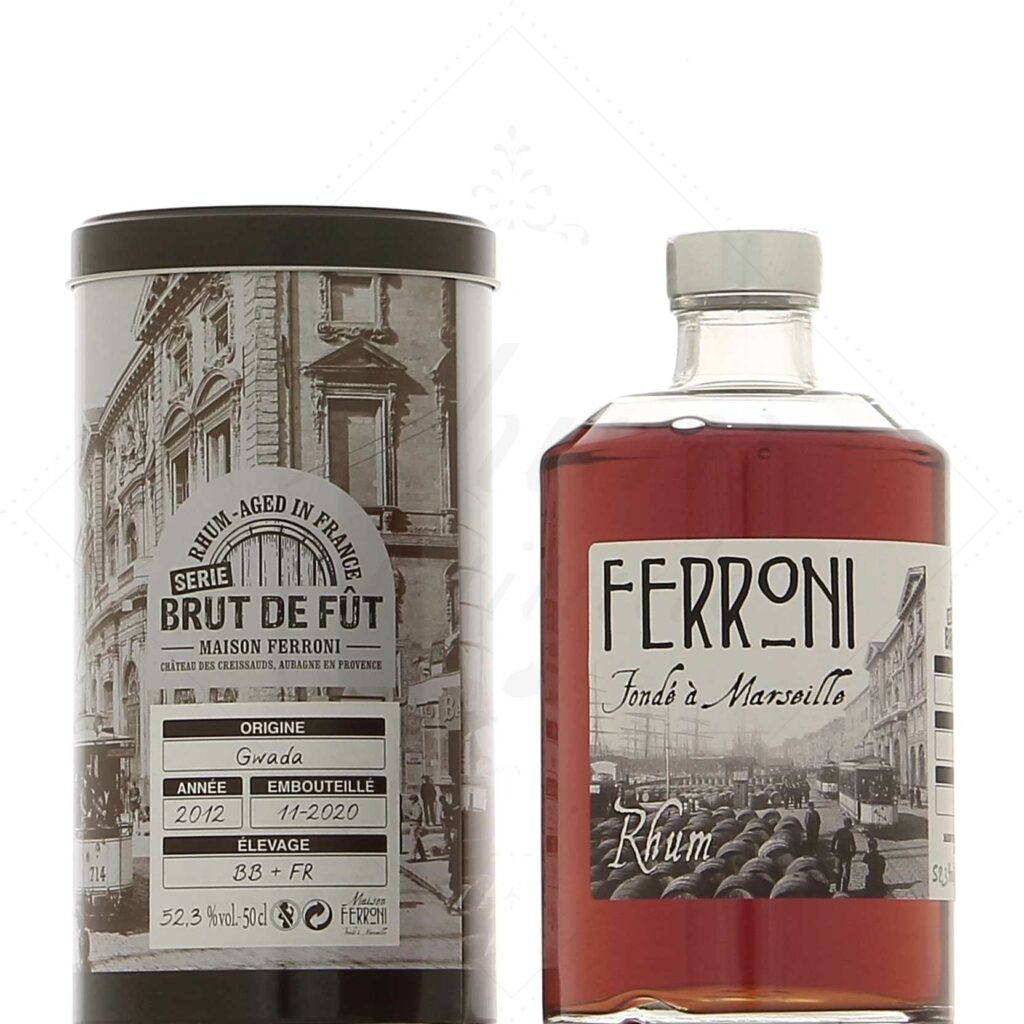
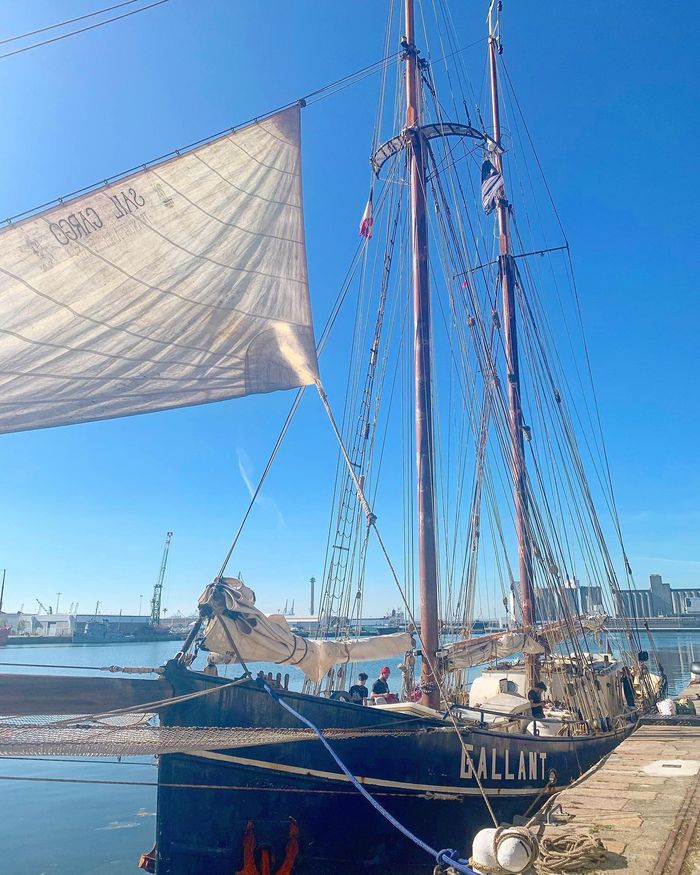


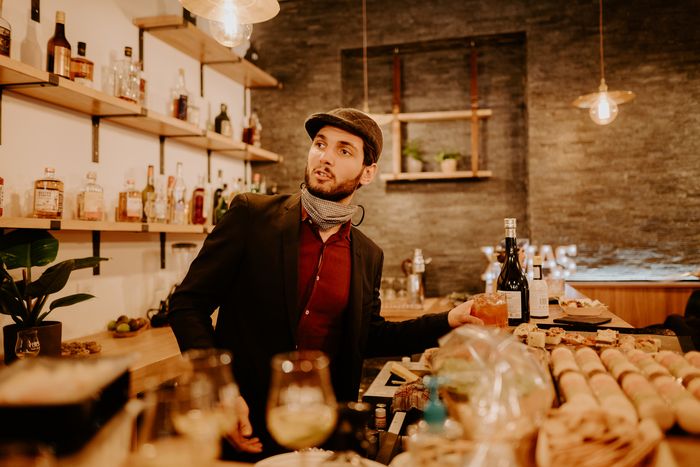
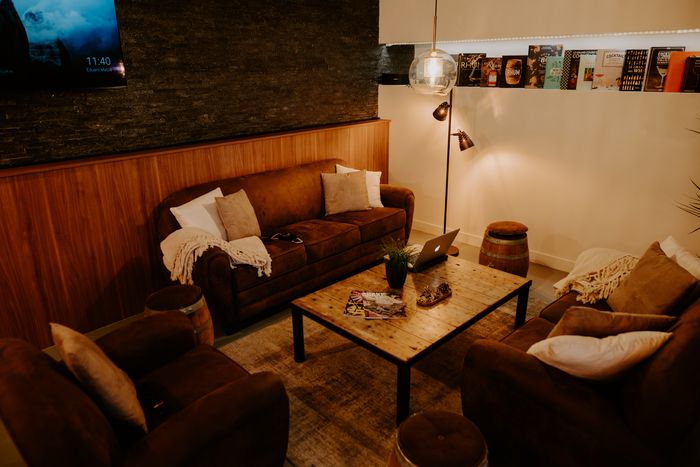
This permanent search for flavors with the stages of breeding on the different juices is exciting. For our fruitful collaboration in Cape Verde with Musica e Grogue.